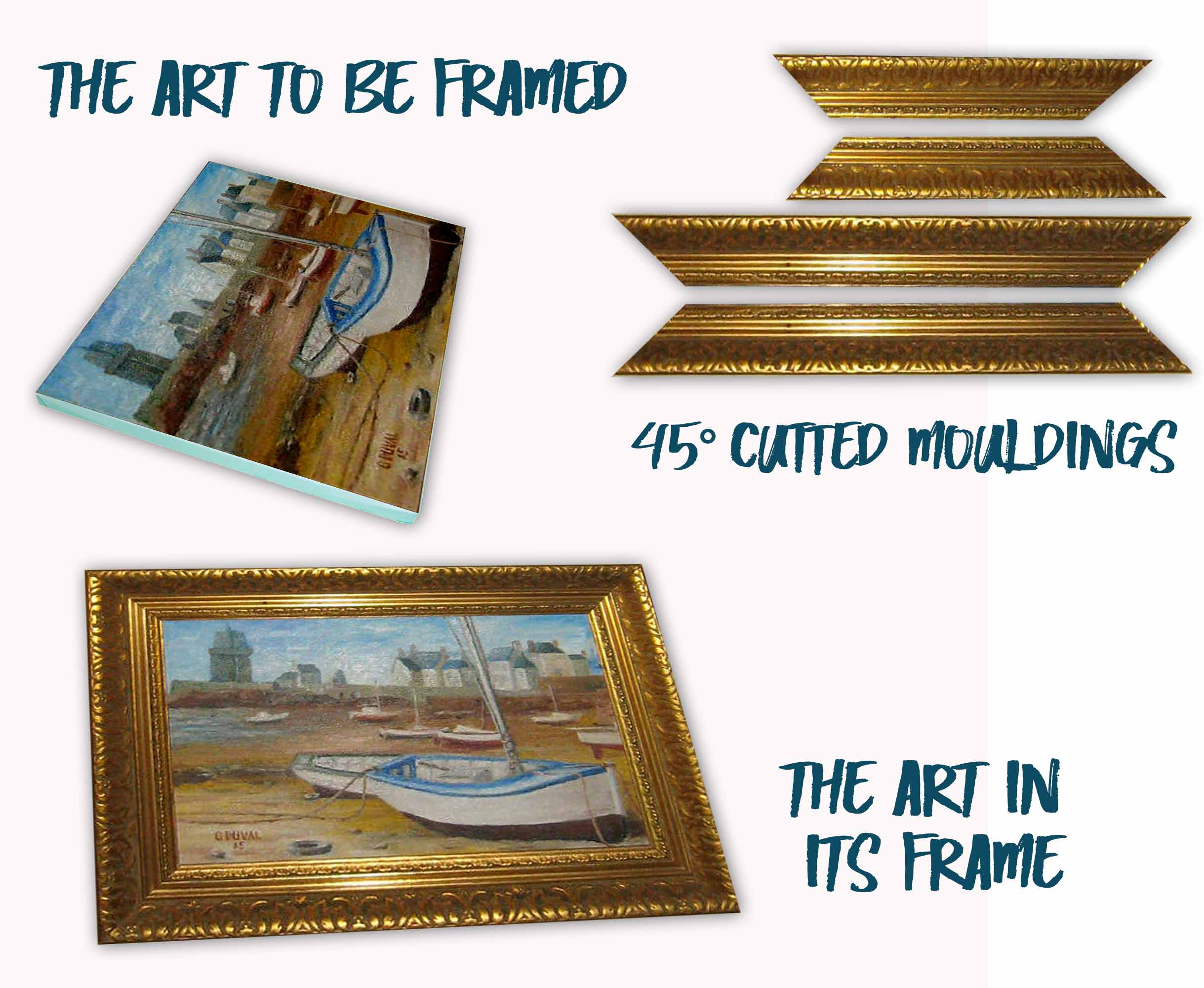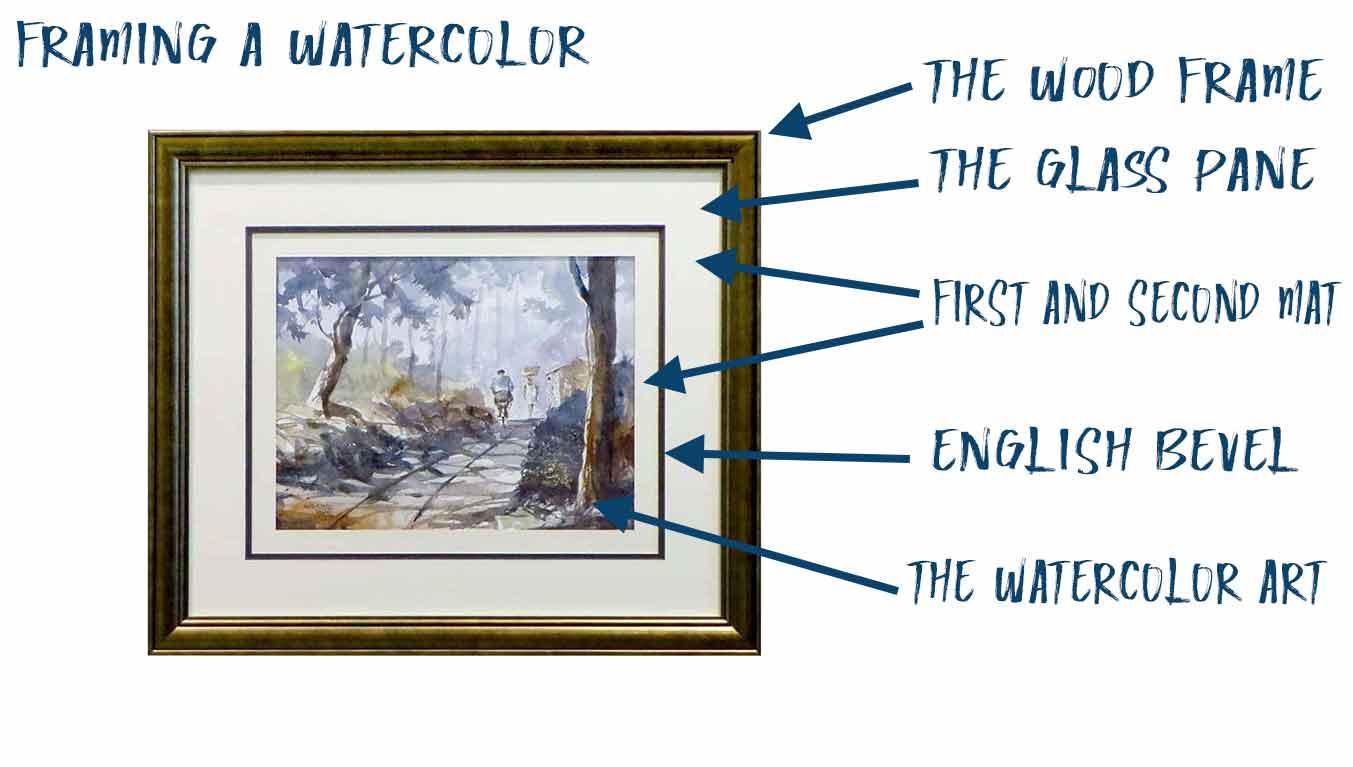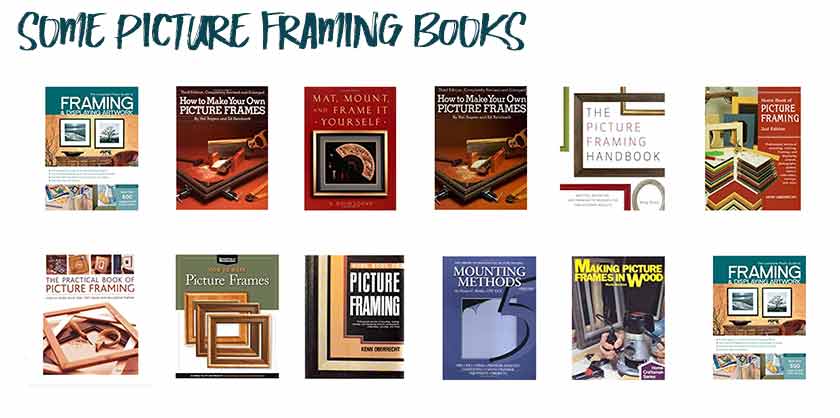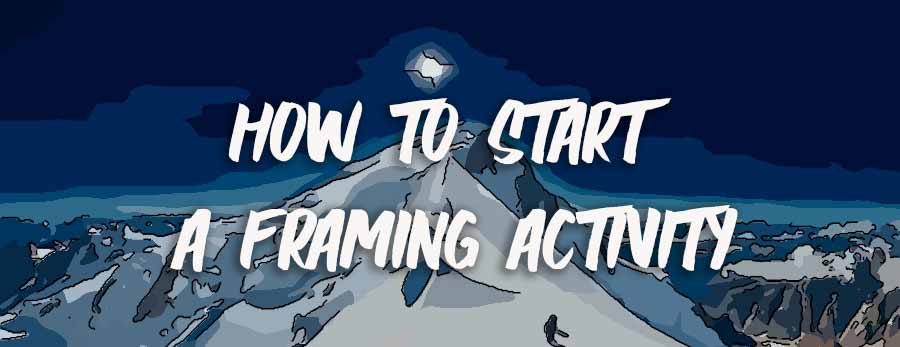
You're new to framing pictures
Here are some ideas and tips
You have never practiced framing pictures... and your major problem is how to start this activity to decorate your home.
You have arts to highlight and your first reflex is to run to the framershop.... Of course, you are never disappointed: the work is meticulous... but the bill (always justified) is very expensive, which limits your decorative claims even more!
You are ready to take the plunge... to do the work yourself... but you don't really know what you are committing to, if you will be able to carry out this artistic work...
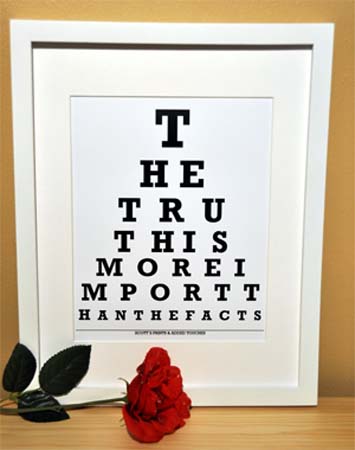
Then you are on the right page and our advices will guide you, reassure you and make you understand that the framing is perfectly within your reach!
Yes, but how? With what? With whom? This page has been written for you and my only wish is that it makes you want to start this activity which will bring you all the satisfaction you expect.
 Framing and Frames...
Framing and Frames...
We often confuse "framing" with "making the woodframe"... So let us specify a little, it is necessary because according to the nature of the art to be framed, the means to be implemented will be different.
If you wish to frame an oil- or acrylic-painted canvas, or a painted panel and, more generally, works that do not need to be isolated from external aggressions... then the framer's work will be reduced to making the "wooden frame", i. e. cutting and assembling decorative mouldings (also called sticks) intended to highlight the work and to lead the eye towards it. On this site, this work corresponds to the section "with wood"
If, on the other hand, you frame more fragile works: watercolours, drawings, photos... or embroideries that need to be protected from dust and humidity by a glass.
Then you will have to make these "passe-partout" and "bevels" which, assembled with the protective glass, will form the "package" of the framers. This is the cardboard part of the framing (in fact the real work of the framer), the one you will find in the "with cardboard" section of this site.
In any case, you will also have to make a "wooden frame" to place the "package" you have created on it.
 Do I need to take framing courses?
Do I need to take framing courses?
Framing is within everyone's reach and does not require any special provisions: once you have seen how to practice and you have the necessary equipment you can evolve alone...
But let's say, to be honest, that it's better to take a few courses before embarking on the framing activity alone.... These courses are almost always grouped, in small teams of about ten people, and allow you to quickly acquire the basics and get off to a good start.
 Join a club!
Join a club!
In all medium-sized cities, there is at least one Framer's club that trains neophytes. They may be entirely privately run clubs or, more often, clubs operating within a communal or municipal association.
The difference is significant and will almost always result in large cost price differences.... You can find "private" courses from 10€ per hour.... a normal 3H framing course session will cost you 30€... (and not anymore sometimes... I gave you the low hypothesis!).
You can search Google for coaching courses in your area: there are so many that I can't give them to you... Be aware that some prices are out of reach of the average framer....
To get an idea, check out: http://abcschoolofpictureframing.com/ or https://www.pictureframingschool.com/ . The prices seem high to me!
In the case of a semi-municipally managed club, a fee of $150 for a year of about thirty sessions seems to be a correct basis.
All these contributions naturally include insurance for supervisory activities. Framing is not a dangerous hobby... but small accidents can happen because it is so easy to forget that some tools are real razors!
To find a club, the right method is to go to the framer's shop and ask around. Professionals will keep you informed of what is happening in your city! So start by looking for these framing shops!
 A teacher in your home....
A teacher in your home....
If you are far from everything... here is a course possibility that may interest you: a private course AT HOME! The teacher comes to you to give you the coaching lessons!
The rates seem more than reasonable, especially since you can benefit from a 50% tax credit (valid for all private lessons taken at home).
I launched a search on the KELPROF website and found, for my village, a teacher who travels for 18€ per hour... To be continued!
Without necessarily going through a company like Kelprof, try an Internet search... with google by typing "coaching course" followed by the name of your city... It is likely that you will find some answers that may be of interest to you.
 Create your support club!
Create your support club!
What if nothing exists near you? Why not start your own support club? Having an associative approach is very enriching! And it's perfectly possible for you: here's the procedure to follow...
First, look for people interested in starting such a club. All means are good for this research: announcements in town halls, local newspaper, posters in shops, contacts with teachers, social services, parish.... The important thing is to inform as many people as possible. Also contact the local framer and inform him of your wish to start a club....
At the same time, contact the people likely to give classes to tell them about your project: there is always, within a 30km radius, a teacher who would gladly travel for a group of eight to ten students... Remember the "Kelprof" example given above.... 6 interested people would divide the cost price by the same amount.
Ask to meet the mayor of your municipality and explain your project to him: he will be able to provide you with effective assistance both in terms of the legislation to be respected and in terms of the accommodation facilities for your activity. Eventually, make an official request for a grant from municipal services: even if it is modest, this grant will allow you to acquire equipment... or to pay insurance fees, for example.
All these steps can be carried out in a relatively short time: you can set up your support club in less than 2 months if you are motivated!
 Online framing courses....
Online framing courses....
Some websites offer "online" courses. What should we think about that?
Well, they can't be bad and can perfectly compensate for a lack of educational facilities close to your home! But let's remember that nothing beats contact with a teacher: in coaching as in other activities, you have to "see", "touch" and "compare" to understand, assimilate and progress! Here is an address from the net:
You can purchase a complete coaching course... and thus ensure your training by yourself...
I didn't have time to test their prices and I leave it to you, if you are interested, to do so by going on their website to get more information (the picture is clickable).
 The indispensable manuals!
The indispensable manuals!
Whichever way you choose to start, a good manual is essential: in addition to reminders of the basics that you will be studying in class, it contains many examples and exercises of new techniques to be discovered..
Which books to recommend? I have made a (too?) selective selection on this page: There are so many books dedicated to framing... and I beg the authors who will not be quoted here to forgive me... The books above constitute a basic library that proves to be a goldmine for those who love to work with wood.
 How much will the equipment cost you...
How much will the equipment cost you...
Of course, to start a "framing" activity, it is necessary to have a little bit of equipment... It is useless to bother with the complete equipment if you only want an initiation... but if you want to continue, you might as well equip yourself correctly from the start so as not to make a mistake... (see also cardboard material of this site).
I give you AMAZON links for pictures and an idea of prices.
the tools...
BENT CUTTER TOOL to cut cardboard and paper from 4 to 12€ depending on the model... I personally use the MAPED cutter which I particularly appreciate the handling.
BONE FOLDER to help shape the bevels and mats. From 1,50e to $12 depending on the material (plastic or bone)
MAT CUTTERS... Without hesitation, I recommend the LOGAN Elite series of compacr (L=80cm) ... In addition to cutting cardboard and paper, it will be used, associated with the 45° cutting tool, to cut your English bevels... . from 45 to 100€ depending on the magazines and the model.
METAL SQUARE 45° To open windows in mats before dressing.. de 4 à 7€... (inutile de s'encombrer d'un grand modele !)
COMPASS . A simple schoolboy model is sufficient from 3 to $10.
MECHANICAL PENCIL . from 1,5 à 5€
the raw material...
. CARDBOARD from 2mm... from 2,50 to $4 the big plate.
. Mat board (for passe-partout) ... from 1 to $5 per plate
. PVA Glue environ $10
. SCRAPBOOKING PAPERS à partir de 1€ la feuille...
All in all, you should be able to get good starting equipment for less than $100: at least that gives you an idea of the expense involved.
If you are a member of a club... you can also benefit from discounts... in shops in your city that have arrangements with this club... or when ordering collectively. This will reduce your expenses!
 To conclude...
To conclude...
You are eager to discover, you want to make your own beautiful frames that you want... so don't hesitate for a second: GET START! You will not be disappointed!
Once you are familiar with the tools, materials and techniques, you will leave the field open to your imagination and become creative. Once you've followed the path of a few essential courses, you'll be able to walk the paths of framing on your own!
